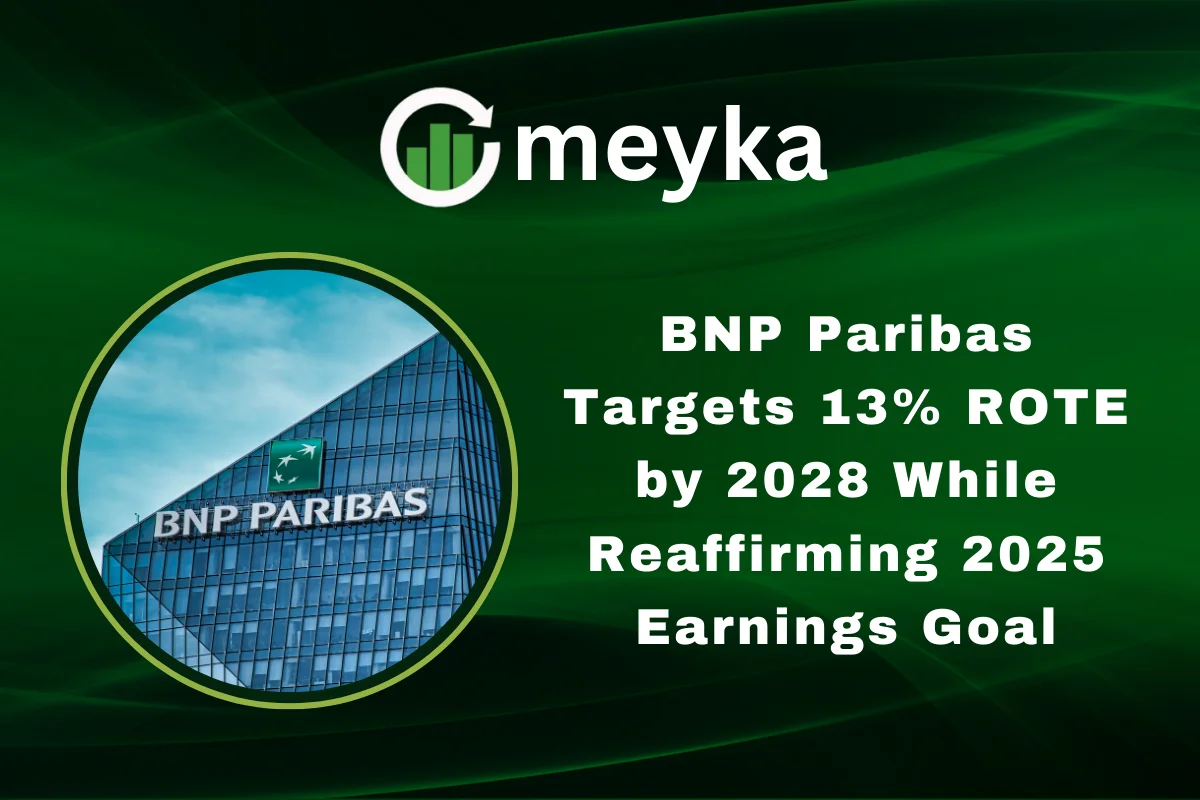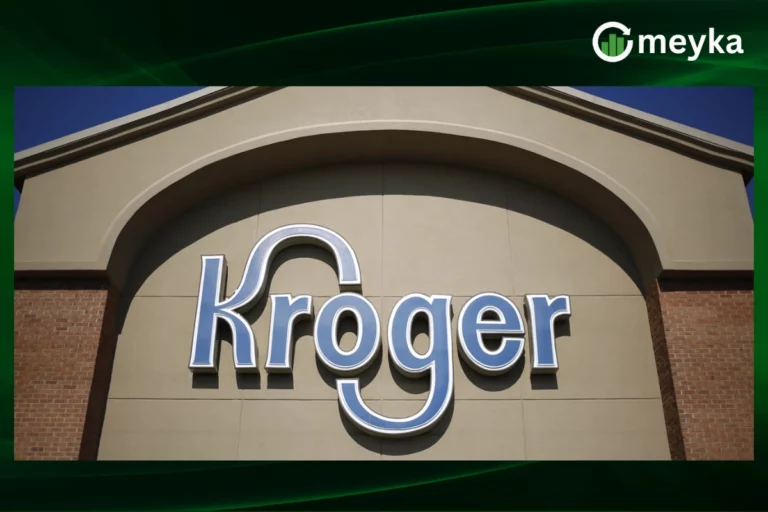BNP Paribas Targets 13% ROTE by 2028 While Reaffirming 2025 Earnings Goal
BNP Paribas, one of Europe’s largest banking groups, has shared an ambitious roadmap for the future. The bank has announced its plan to achieve a return on tangible equity (ROTE) of 13% by 2028, while also reaffirming its earnings goal for 2025. This outlook reflects confidence in its strong financial base, diversified business model, and ability to navigate global economic shifts.
The announcement comes at a time when banks worldwide face challenges from rising interest rates, regulatory changes, and rapid technological disruption. Despite these pressures, BNP Paribas has chosen to set clear and bold targets for the years ahead, signaling stability to investors, clients, and regulators.
A Strong Path Toward 2025
BNP Paribas first introduced its strategic plan for 2025 back in 2022, focusing on growth, efficiency, and sustainability. The bank emphasized digital transformation, expansion in international markets, and investments in innovative financial products. By reaffirming its 2025 earnings goal, the bank shows it is on track with its earlier commitments.
For investors and analysts, this continuity provides reassurance. Many financial institutions revise targets downward when faced with external shocks. BNP Paribas, however, highlights its ability to stay aligned with long-term strategies. This consistency also strengthens its reputation in the stock market, where stability and reliability often support investor confidence.
The 2028 Vision: Targeting 13% ROTE
The new medium-term vision sets the bank apart. Achieving a 13% ROTE by 2028 is not only ambitious but also positions BNP Paribas among the top performers in European banking.
Return on tangible equity is an important metric for evaluating profitability. It measures how effectively a bank uses shareholders’ equity to generate profits. By targeting double-digit returns, BNP Paribas aims to create more value for its investors and strengthen its competitive position.
The goal is built on several pillars:
- Diversified business model: BNP Paribas operates across retail banking, corporate and institutional banking, and asset management.
- Focus on efficiency: The bank continues to streamline operations and invest in technology.
- Sustainable finance: Commitments to green and responsible banking are expected to attract clients and investors seeking ethical financial solutions.
Balancing Growth With Responsibility
BNP Paribas has made sustainability a central part of its business strategy. The bank has taken steps to limit financing for industries with high carbon footprints while supporting renewable energy projects. By 2028, it expects a significant portion of new financing to flow into sustainable ventures.
This approach not only aligns with global climate goals but also appeals to younger generations of investors. In the world of stock research, sustainability has become a major factor in assessing long-term value. Banks that fail to adapt risk losing investor interest, while those like BNP Paribas may strengthen their long-term market position.
Impact on Investors and the Stock Market
For investors, BNP Paribas’ targets offer a clear picture of future growth. The reaffirmation of the 2025 goal signals short-term reliability, while the 2028 ROTE target highlights long-term ambition.
In the context of the stock market, financial institutions with strong profitability and forward-looking strategies often attract both institutional and retail investors.
Analysts covering AI stocks and technology firms also pay attention to large banks like BNP Paribas because of their increasing investments in digital tools, artificial intelligence, and automation. These advancements improve efficiency, reduce costs, and enhance customer experience, all of which feed back into stronger earnings.
BNP Paribas’ consistent strategy may also provide a defensive option for investors seeking stability amid volatile global markets.
Challenges Ahead
Even with strong plans, BNP Paribas faces hurdles on the road to 2028. Key challenges include:
- Economic uncertainty: Global recessions or slower growth in Europe could impact loan demand and profitability.
- Regulation: Stricter capital requirements and banking rules may pressure margins.
- Competition: Fintech companies and technology-driven platforms are reshaping customer expectations in banking.
- Geopolitical risks: Conflicts, trade disruptions, or political instability could affect international operations.
The bank will need to carefully balance growth strategies with risk management. Its diversified portfolio and scale provide resilience, but adaptability will remain crucial.
Looking at the Bigger Picture
BNP Paribas’ announcement is more than just a financial update. It highlights how Europe’s leading banks are positioning themselves for a future shaped by digitalization, sustainability, and global competition. By targeting a high ROTE and sticking to existing earnings plans, BNP Paribas sets an example of confidence and discipline.
For the banking industry, it shows that even in a period of uncertainty, clear targets and responsible strategies can inspire market trust. For investors, it provides another layer of insight into how large institutions are preparing for the years ahead.
Conclusion
BNP Paribas has set a bold vision for the next few years. By reaffirming its 2025 earnings target and announcing a 13% ROTE goal for 2028, the bank has reinforced its image as a reliable yet forward-looking institution. Its focus on sustainability, technology, and diversification makes it one of the most closely watched players in the European financial landscape.
As global markets continue to evolve, BNP Paribas’ roadmap offers investors and analysts a clearer understanding of how one of Europe’s top banks plans to deliver value. Whether through digital innovation, sustainable finance, or disciplined growth, the bank is determined to remain a leader well into the next decade.
FAQs
ROTE, or return on tangible equity, measures how well a bank uses shareholders’ equity to generate profits. The bank targets 13% by 2028.
The bank believes sustainable finance is essential for long-term growth, global climate goals, and meeting investor demand for ethical investment options.
By setting clear goals for 2025 and 2028, BNP Paribas provides stability and visibility, which can support investor confidence in the stock market.
Disclaimer:
This content is made for learning only. It is not meant to give financial advice. Always check the facts yourself. Financial decisions need detailed research.






